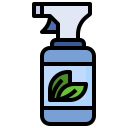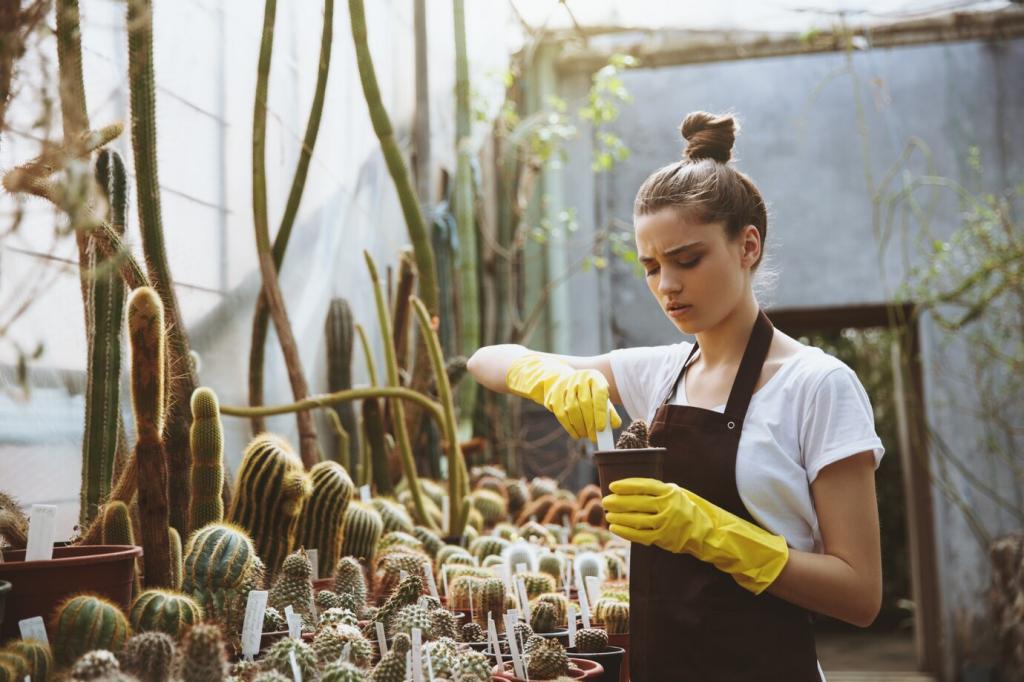Know Your Fabric: Safe, Sustainable Basics
Those tiny letters matter. W means water-based cleaning is safe, S favors solvents, WS accepts either carefully, and X allows only vacuuming. Align eco methods with the label to avoid damage, prevent water marks, and keep fibers strong without resorting to harsh chemicals.
Know Your Fabric: Safe, Sustainable Basics
Before treating a visible area, test your solution on a hidden seam. Wait until fully dry, then check for color shift, ring formation, and texture changes. This simple step prevents accidental damage and boosts confidence, especially when using natural agents like vinegar or castile soap.

